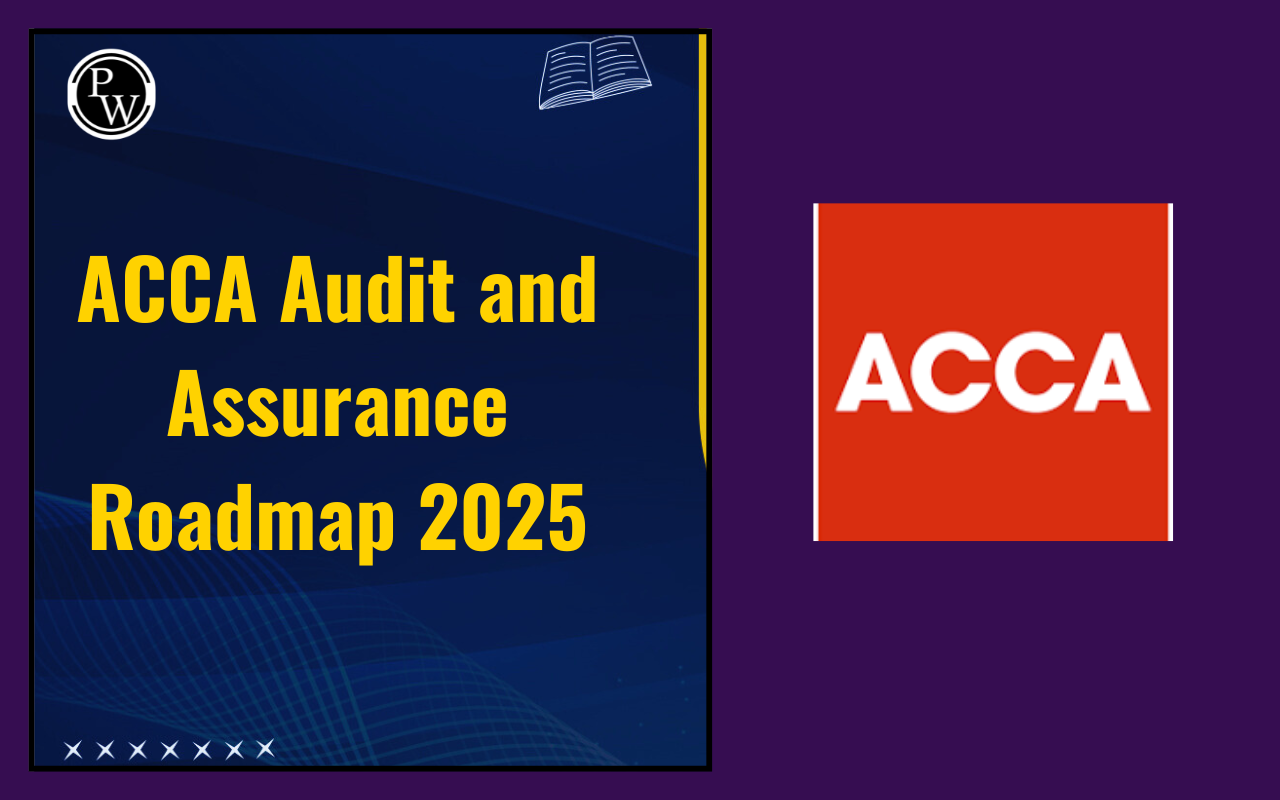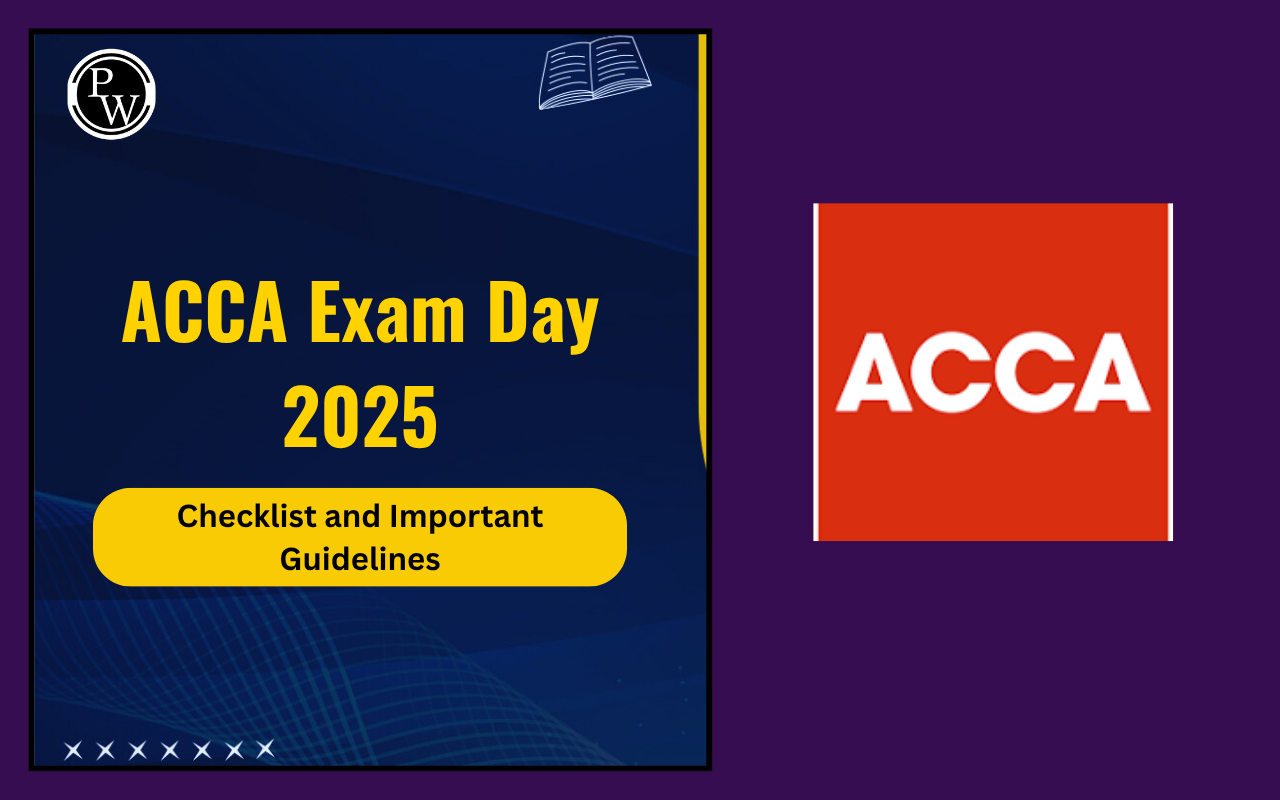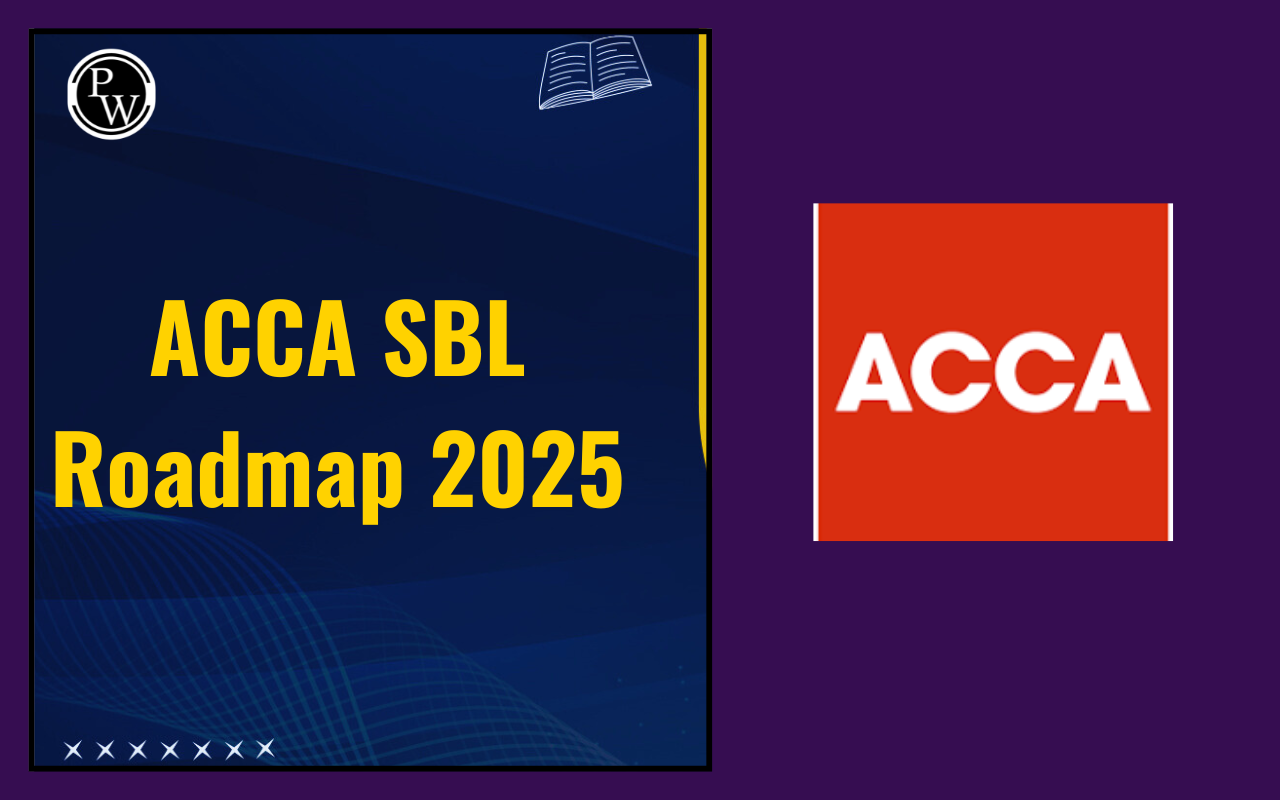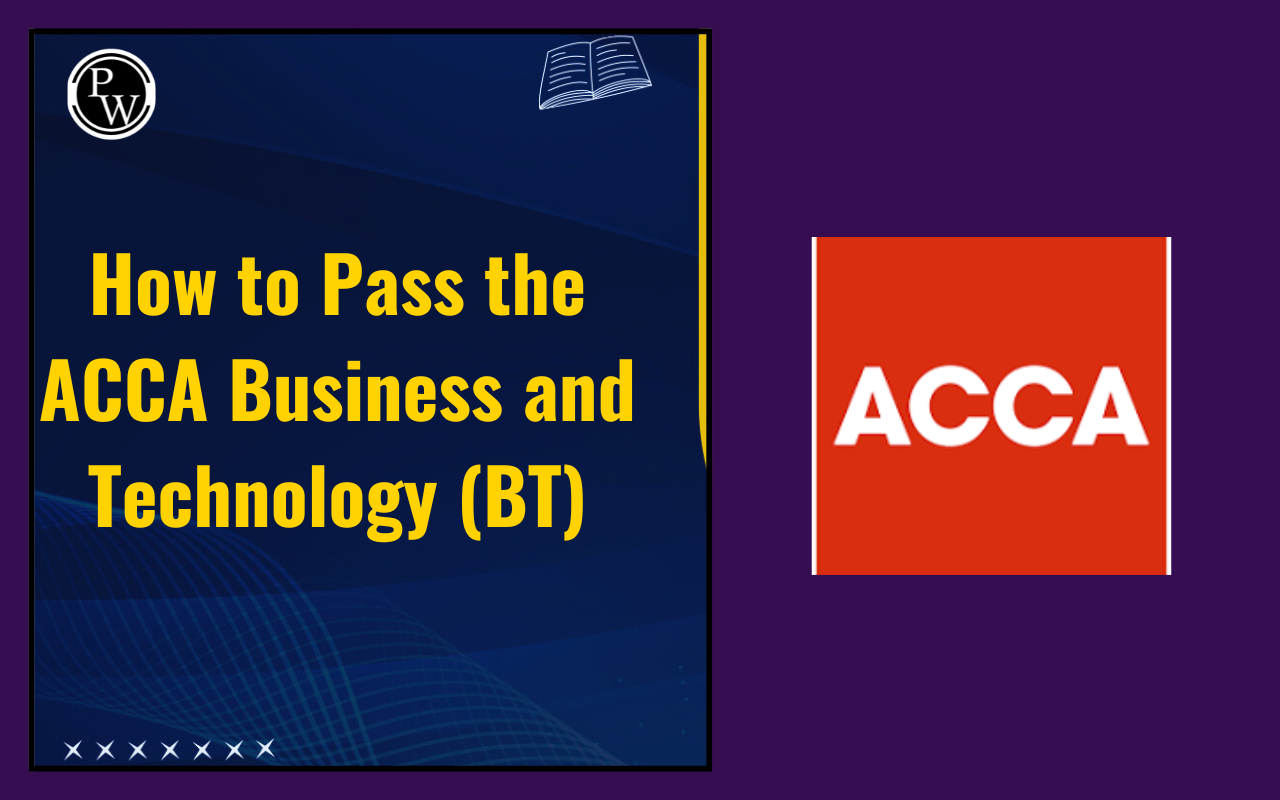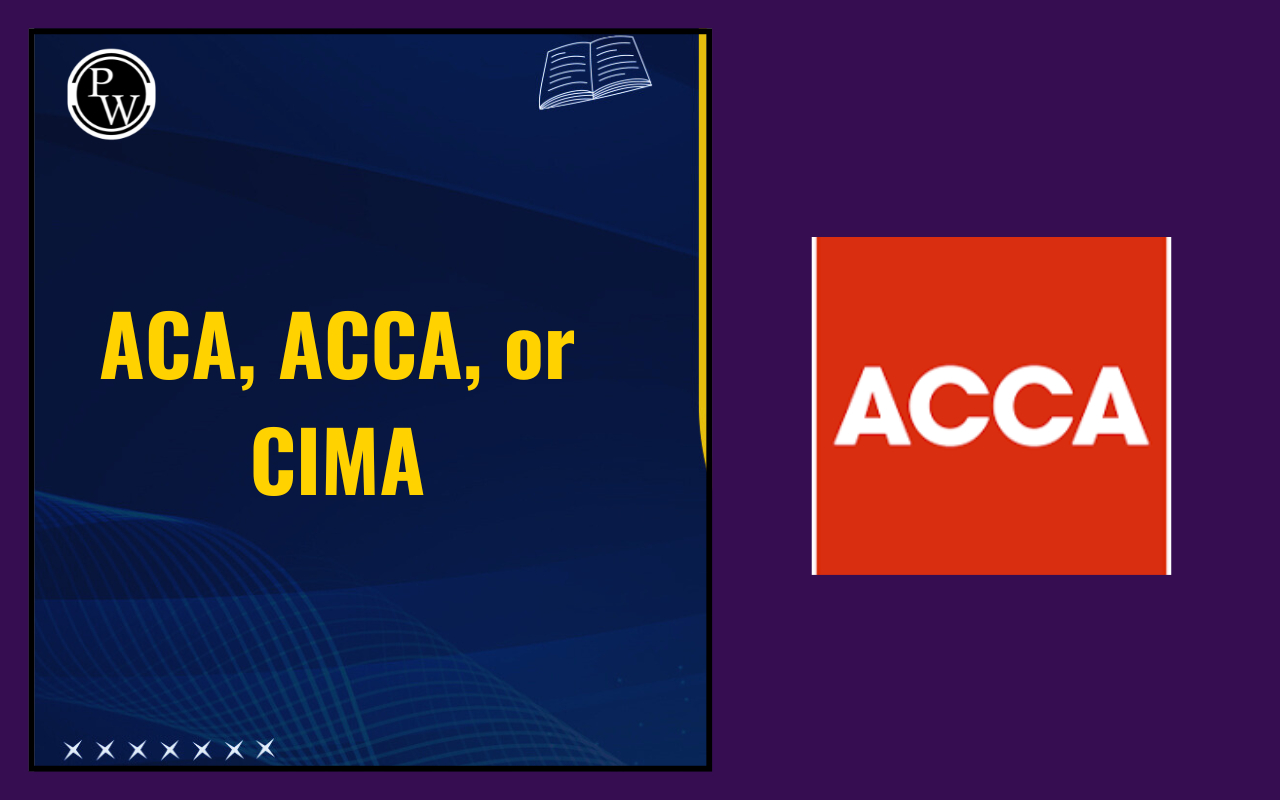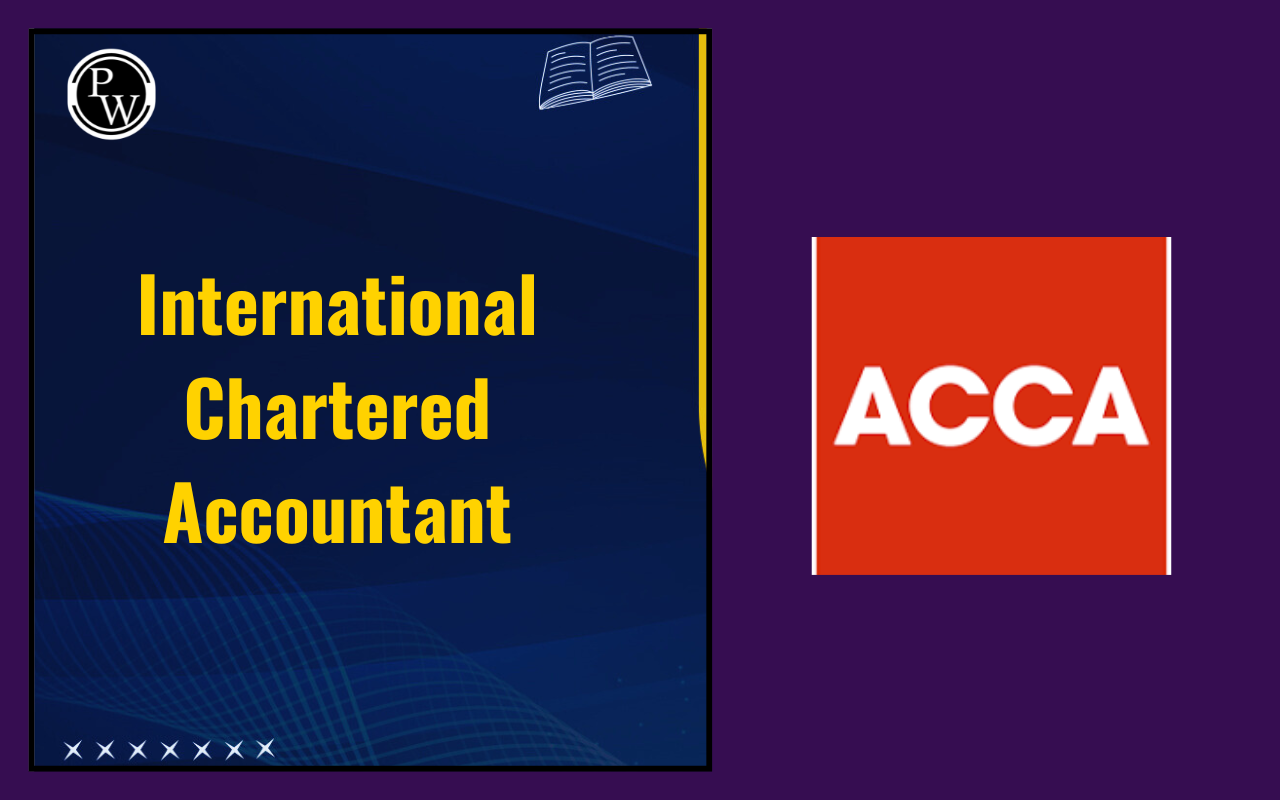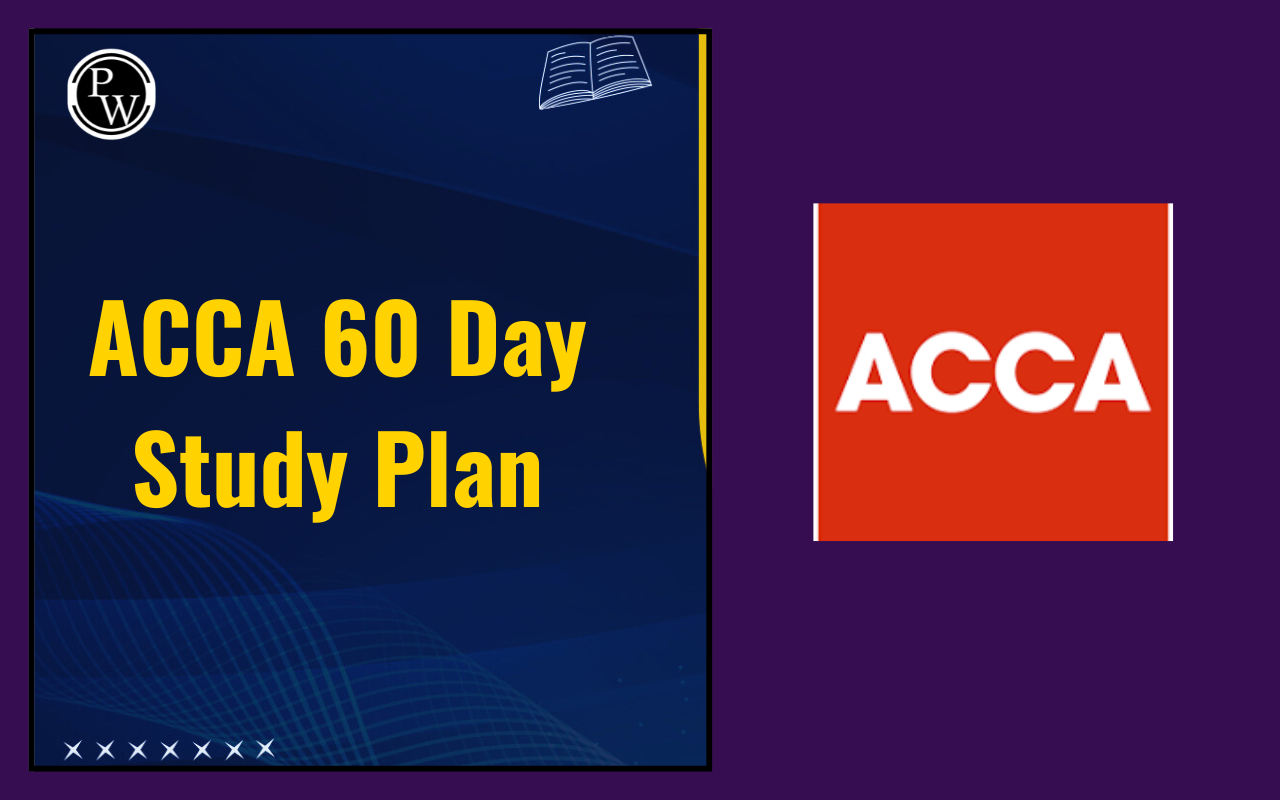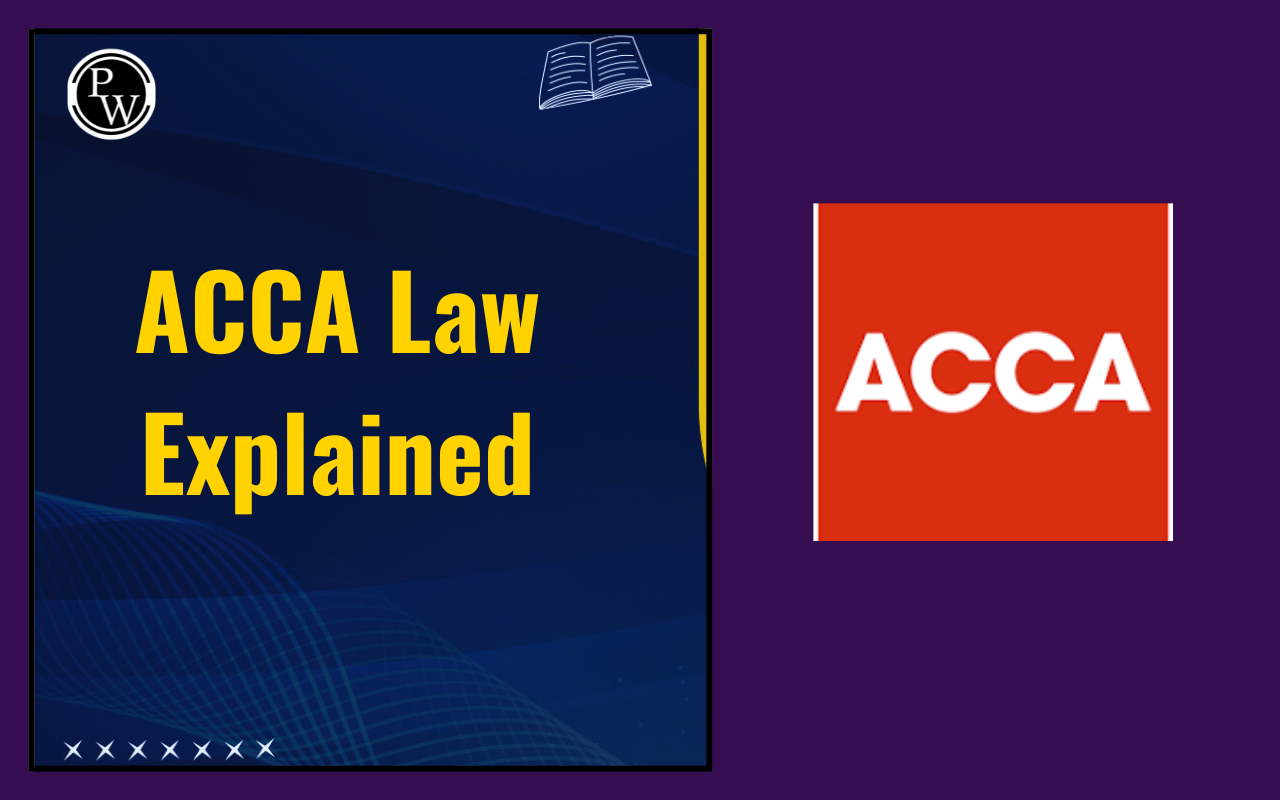
Accruals and Prepayments represent one of the fundamental concepts in accounting that many students find challenging. These adjustments are essential for ensuring that financial statements present a true and fair view of a company's financial position.
Accruals mainly involve recognising expenses or income that have been earned or incurred during the accounting period, regardless of when the actual cash payment or receipt took place. Prepayments on the other hand decrease the expense or income for the current period and create a corresponding asset.
Understanding these concepts is crucial for ACCA aspirants as they form the backbone of the matching principle in accounting. Besides grasping the principles of accruals & prepayments, candidates should also solve the related questions to improve their problem-solving skills.
Accruals and Prepayments Foundation
The matching concept is a core accounting principle applied in accruals and prepayments. The matching concept in accounting means that businesses should record income in the period it is earned and expenses in the period they happen. This applies irrespective of whether the money has been received or paid yet. This principle is essential to determine the true performance of the business during that time.
The key requirements of the matching concept for accruals and payments are:
- Revenues must be matched to the period they're earned.
- Expenses must be matched to the period they're incurred.
- Cash flow timing is irrelevant for recognition purposes.
This approach provides a more accurate picture of business performance than simply recording transactions when cash changes hands.
Types of Accruals and Prepayments
There are primarily four types of accruals and prepayments, namely accrued expense, prepaid expense, accrued income, and prepaid income. Knowing the details and examples of each type is crucial to gain thorough understanding and conceptual clarity.
Accrued Expense
An accrued expense occurs when a company has consumed a service or incurred an obligation within the current accounting period but hasn't yet paid for it. These expenses must be recorded to reflect the actual cost of operations, even if the cash will leave the business in a future period. This type of adjustment increases expenses in the profit and loss account while recognising a liability on the balance sheet.
Examples of accrued expenses include:
- Electricity used in the last month, payable in the current month.
- Wages for the last week of a month, paid next month.
- Loan interest accrued but not yet paid.
- Legal fees for services rendered, invoice pending.
- The monthly rent used last month, payable in the current month.
Journal entry for accrued expenses should be as follows:
- Dr Expense in the profit and loss account.
- Cr Accrued Expense/Accruals in the statement of financial position or balance sheet.
Prepaid Expense
Prepaid expenses arise when a business pays for goods or services that will be consumed in future. These payments are not treated as expenses when paid but as assets since they represent future economic benefits. As the benefits are used, the prepaid amount is transferred to the expense account.
Examples of prepaid expenses include:
- Insurance premium paid in January covering the full year.
- Annual software license paid upfront.
- Bulk office supplies bought in advance for future use.
- Maintenance contract paid in advance for the upcoming year.
- Prepayment for training sessions scheduled next quarter.
Journal entry for prepaid expense should be as follows:
- Dr prepaid expense/prepayments in the statement of financial position or balance sheet.
- Cr cash/bank, showing the payment made
- Later adjustment will be, Dr Expense in profit and loss account, Cr prepaid expense as benefits are consumed.
Accrued Income
Accrued income is revenue that has been earned by providing goods or services but for which payment has not yet been received. This adjustment is essential to ensure revenue is recorded when it is earned, not when the money is actually received. It is recorded as an asset on the balance sheet.
Examples of accrued income include:
- Payment to be received for completed consulting project.
- Interest earned on a deposit, but credited at the end of the quarter.
- Rent due from a tenant who has occupied the space.
- Payment to be for commissions earned on sales.
Journal entry for accrued income should be as follows:
- Dr accrued income/debtors in the balance sheet.
- Cr Income/Revenue in profit and loss account.
Prepaid Income
Prepaid or deferred income arises when a business receives cash for goods or services that will be provided in the future. Since the company hasn't yet fulfilled its obligation, the income is not recognised immediately but recorded as a liability. It becomes revenue only when the service is performed or the product is delivered.
Examples of prepaid income include:
- Subscriptions paid for the full year in advance.
- Annual SaaS payment received in advance.
- Payments for events scheduled in the next year
- Maintenance services paid for but not yet rendered.
Journal entry for prepaid income should be as follows:
- Dr cash/bank to record cash received.
- Cr Prepaid Income/Deferred Income in the balance sheet.
- Later adjustment should be, Dr prepaid income, Cr revenue in the profit and loss account.
Accruals and Prepayments Calculation
For a detailed understanding of Accruals and Prepayments, it is essential to review solved examples. To help ACCA aspirants strengthen their preparation, the following is a real-life scenario of business transaction and adjustment calculation:
| Accruals and Prepayments Scenario | ||
| Item | Description | Amount |
| 1 | $5,000 paid in 2010, for 2011 expense | +$5,000 |
| 2 | $3,000 due in 2010, paid in 2011 (prior year) | -$3,000 |
| 3 | Total cash paid in 2011 | $50,000 |
| 4 | $7,000 paid in 2011 for 2012 (prepaid) | -$7,000 |
| 5 | $4,000 due in 2011, paid in 2012 (accrued) | +$4,000 |
Presented below is the adjustment calculation to solve the above financial scenario using Accruals and Prepayments:
Starting with total cash paid in 2011 = $50,000
Adjust as follows:
- Subtract 2010 expense paid in 2011 = -$3,000
- Subtract 2012 prepaid expense = -$7,000
- Add 2011 expenses paid in 2010 = +$5,000
- Add 2011 expense incurred but unpaid = +$4,000
Final P&L Expense for 2011 = $49,000
The balance sheet adjustment as of December 31, 2011 will be:
- Prepaid Expense = $7,000 (Current Asset)
- Accrued Expense = $4,000 (Current Liability)
Accruals and Prepayments FAQs
What are accruals and prepayments?
What is an example of an accrual?
What is accrued income journal entry?
Is accrual an asset or liability?

